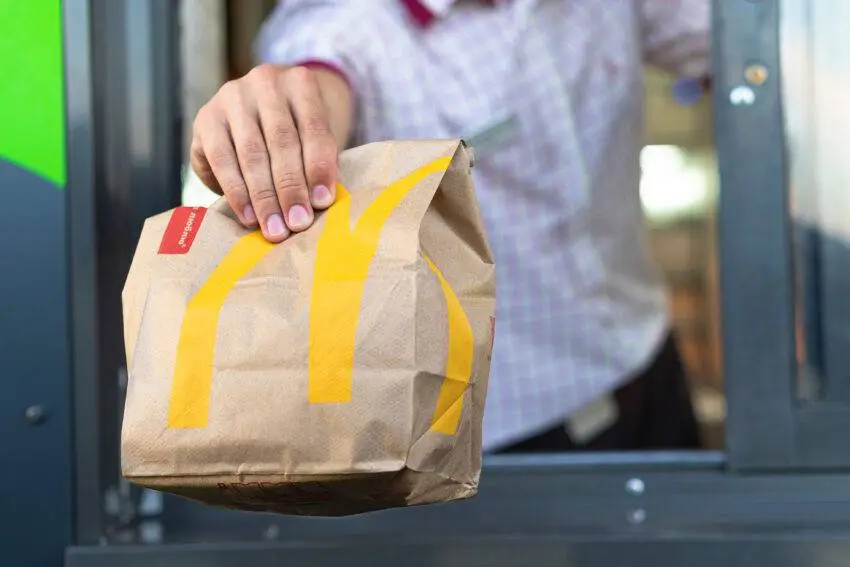The fast-food industry has been progressively integrating automation technologies. However, recent developments indicate that this journey might not be as straightforward as many hoped.
McDonald’s has decided to end its AI drive-thru trial, raising questions about the viability of AI in fast-food services.
The End of the AI Drive-Thru Trial
McDonald’s will remove AI-based ordering systems from over 100 of its US locations. These systems, which were part of a 2021 agreement with IBM, had automated voices responding to customer orders. Despite terminating the trial, McDonald’s has not publicly explained its decision. They have, however, indicated to franchises that the technology would be discontinued by 26 July.
A spokesperson mentioned that a voice-ordering solution for drive-thrus would still be part of McDonald’s future plans. A final decision on this matter is expected by the end of the year.
Challenges Faced by AI Systems
AI systems in fast-food settings have encountered multiple hurdles. Viral videos have highlighted various failures. For example, these systems have been known to add incorrect items or excessively multiply orders.
Last year, several TikTok videos showcased AI at McDonald’s mistakenly adding items like butter packets and even charging hundreds of dollars for McNuggets.
The need for human intervention in AI systems is another significant issue. Presto Automation Inc, a provider of AI services for fast-food chains, revealed that workers from countries like the Philippines are involved in customer interactions about 70% of the time.
Other AI Applications in Fast Food
Fast-food companies are exploring several AI applications. These include digital chatbots for apps and image-recognition technology to estimate wait times.
In December, McDonald’s partnered with Google to develop “Ask Pickles,” a chatbot designed to train employees on tasks such as cleaning restaurant equipment. This collaboration aims to boost efficiency and employee training.
Beyond drive-thrus, AI technology is being tested to improve various facets of the fast-food experience. Companies hope these innovations will streamline operations and reduce costs.
Industry-Wide Interest in AI
McDonald’s isn’t alone in experimenting with AI technology. Other fast-food giants like Wendy’s, Hardee’s, Carl’s Jr, and Del Taco have also tested AI at their drive-thrus.
Yum Brands, the owner of Taco Bell and KFC, has declared an “AI-first mentality” for its operations. This move underscores the broader industry interest in leveraging AI.
The adoption of AI is driven primarily by the potential to reduce labor costs, which have risen significantly. This trend has escalated, particularly following California’s new mandatory minimum wage law for fast-food workers.
Potential and Pitfalls of Automation
Automating the fast-food industry promises numerous benefits. Companies are keen to replace human workers to cope with rising labor costs and streamline operations.
However, the technology is not without its pitfalls. Viral incidents of AI errors have made consumers wary of the reliability of these systems.
Balancing human oversight with automated systems might be a way forward. Companies are still in the process of refining these technologies to minimise errors and enhance efficiency.
The Future of AI in Fast Food
The journey towards automation in the fast-food industry is ongoing. Firms are constantly weighing benefits against current challenges.
McDonald’s and other companies continue to refine their strategies as they navigate the complexities of integrating AI.
Ultimately, the future of AI in fast food remains dynamic. It’s an evolving landscape where companies must balance innovation with practicality.
Conclusion
The fast-food industry’s journey towards AI integration is far from over. Recent developments highlight both the potential and the pitfalls of these technologies. Companies need to continue refining their approaches.
McDonald’s decision to end its AI drive-thru trial reflects larger industry challenges. The future of automation in fast food will likely be a blend of human and AI efforts.
The fast-food industry’s journey towards AI integration is far from over. Recent developments highlight both the potential and the pitfalls of these technologies. Companies need to continue refining their approaches.
McDonald’s decision to end its AI drive-thru trial reflects larger industry challenges. The future of automation in fast food will likely be a blend of human and AI efforts.

